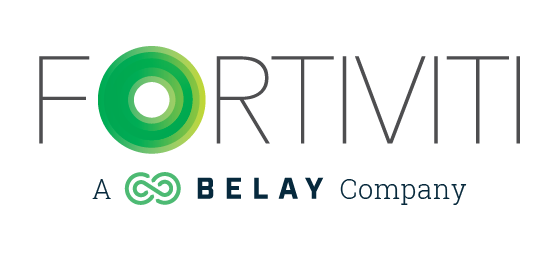In an architecture firm, there are various billing structures you can choose. Whether you decide to operate using a time & material model, a fixed fee billing structure, or a percentage of construction cost method, it’s important to understand how each would affect your business.
Time & Material (T&M)
With a T&M billing model, clients are billed based on time spent on the project, plus any additional expenses, materials, or travel costs directly related to the project.
Pros
This is the most flexible billing method and protects your firm against project overages or unexpected complications. If the project experiences delays or requires additional work that was not planned, your firm will be able to bill for the additional time, protecting your margins. This method is also transparent and ensures your client sees all work required of the project. This is a great method for projects that have an unclear scope.
Cons
Clients may hesitate to accept T&M projects due to the cost uncertainty. Since clients are trying to stick within a construction budget, they may want to put parameters in place to limit their exposure. A T&M model will also require detailed time tracking. You will need to make sure to get your team on board
A Time & Material model can work well for small projects, feasibility studies, or projects where there is an undefined scope.
Fixed Fee Billing
If your firm chooses to operate using a Fixed Fee billing structure, you will charge a pre-agreed amount for the entire project.
Pros
A fixed fee billing method provides predictable costs for the client, which gives them more comfort when signing new projects. You can set billing milestones on fixed fee projects that will help to provide predictable cash flows.
Cons
Fixed fee projects can carry the risk of underestimating scope and cutting into margins. Your firm will need to be very good at defining scope and also diligent in identifying when projects are bleeding outside of the original scope. With fixed fee projects you will need to be prepared to negotiate change orders to protect your margins.
Fixed Fee billing models can work well for well-defined projects with clear deliverables and timelines.
Percentage of Construction Cost
With a Percentage of Construction Cost structure, the architect’s fee is a percentage of the total construction cost.
Pros
The Percentage of Construction Cost method allows your firm’s fee to scale with the project size. Similarly to a T&M model, if the project has extended delays or unexpected changes, your firm is protected against diminishing margins as your fee would increase with the project.
Cons
Clients may question whether or not the architecture fee is reasonable if construction costs increase significantly and they do not feel that the architectural work has grown at the same level. This may cause client dissatisfaction. This method will also make revenue and cash flow harder to predict at the start of a project.
The Percentage of Construction cost model can work well for large projects with significant design oversight.
Choosing the Right Billing Structure for Your Firm
There are multiple factors to consider when determining which billing structure is right for your firm. You need to think about which method works best for your typical project size and complexity. You should also consider your client preferences, your staffing models, and your cash flow needs. Regardless of the method, or combination of methods you choose, it’s important to re-evaluate your billing models regularly to ensure they align with firm goals.
Posted in Accounting Solutions, General, Small Business Accounting

